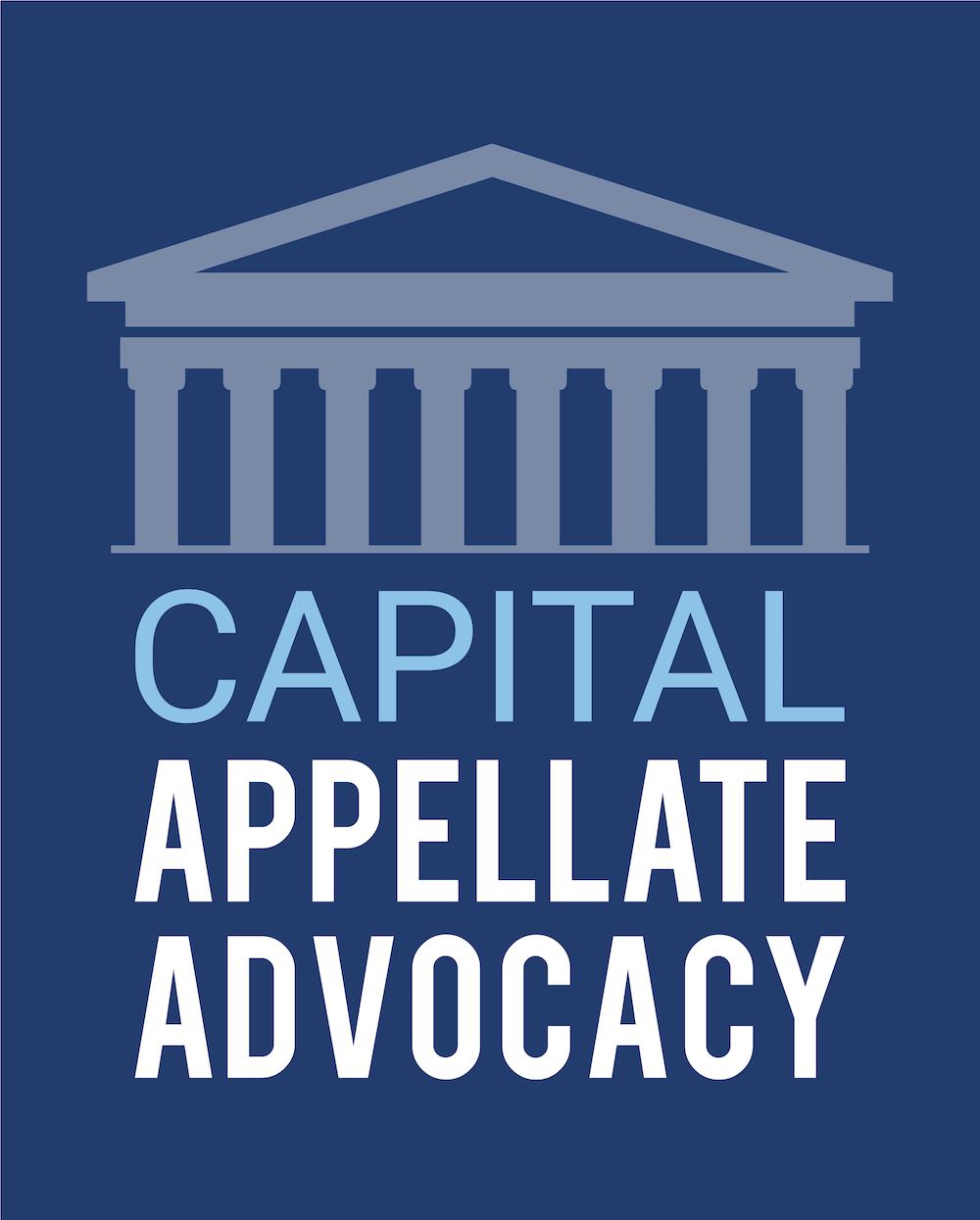On behalf of the Atlantic Legal Foundation, I have authored and filed an amicus brief supporting the certiorari petition in Monsanto Company v. Durnell (24-1068), which urges the Supreme Court to decide whether the Federal Insecticide, Fungicide, and Rodenticide Act (“FIFRA”) preempts state-law failure-to-warn claims involving Roundup, a widely used agricultural herbicide.
Case Background
Section 24(b) of FIFRA, 7 U.S.C. § 136v(b), titled “Uniformity,” expressly preempts a State from imposing pesticide labeling requirements that are “in addition to or different from” those imposed under the Act by the U.S. Environmental Protection Agency (EPA). The Supreme Court held in Bates v. Dow AgroSciences LLC, 544 U.S. 431 (2005), that § 136v(b) encompasses state-law, pesticide-related, failure-to-warn claims. Despite the expansive language of § 136v(b), Bates carved out an exception for a “state-law labeling requirement . . . if it is equivalent to, and fully consistent with, FIFRA’s misbranding provisions.” Id. at 447. From the day Bates was decided two decades ago, the personal injury bar has relentlessly exploited this ‘”parallel requirements’ reading of § 136v(b),” id., in an effort to render the preemption provision almost meaningless.
The heavily promoted Roundup litigation, involving tens of thousands of pending personal injury claims, is an egregious example of the personal injury bar’s pursuit of a product liability bonanza based on misinterpretation of Supreme Court precedents. EPA has studied Roundup’s active ingredient—glyphosate—extensively, and has repeatedly concluded that it does not cause cancer in humans. In fact, EPA has notified glyphosate producers that adding a cancer warning to the labeling of pesticide products containing glyphosate would be false and misleading, and would violate FIFRA’s prohibtion against distribution of misbranded pesticides. Yet, despite EPA’s science-based findings, the Roundup litigation is predicated on Monsanto’s failure to include a cancer warning on Roundup product labeling.
As the certiorari petition explains, there is an irreconcilable split of authority on FIFRA preemption of Roundup failure-to-warn claims. The Ninth and Eleventh Circuits have held that the “parallel requirements” exception to § 136v(b) applies as long as a failure-to-warn claim is based on a state-law duty to warn that is consistent with FIFRA’s general misbranding prohibition against distributing a pesticide whose labeling does not provide adequate health warnings. The Third Circuit has rejected this approach, holding instead that when determining whether a general state-law duty to warn is parallel to FIFRA’s requirements, and thus exempt from § 136v(b), the product-specific manner in which EPA actually regulates a particular pesticide’s labeling must be taken into account.
ALF’s Amicus Brief
ALF’s amicus brief explains that through § 136v(b), FIFRA promotes national labeling uniformity by vesting EPA with sole authority to regulate the content of a pesticide’s labeling, including warnings. The “parallel requirements” exception is not a license to impose a state tort duty to provide an additional label warning—especially since EPA repeatedly has rejected as scientifically unwarranted the cancer warning on which virtually all Roundup failure-to-warn claims are predicated. Instead, Bates makes clear that this narrow exception merely enables imposition of a state-law remedy for violation of federal labeling requirements, which are imposed by EPA on a product-specific basis.
A comparison between EPA and state-law warning requirements cannot be conducted at the 30,000-foot level, i.e., at a high level of generality that is oblivious to EPA’s imposition of labeling requirements for a specific product such as Roundup or active ingredient such as glyphosate. A state tort duty to provide a Roundup cancer-related label warning that EPA repeatedly has rejected as scientifically unwarranted, and that EPA has cautioned glyphosate registrants would be false and misleading and a violation of FIFRA’s misbranding standards, cannot possibly be parallel or equivalent to, or in any way consistent with, EPA’s labeling requirements.
Read More: Law360 Guest Article
Third Circuit Got It Right On Cancer Warning Claims Preemption

